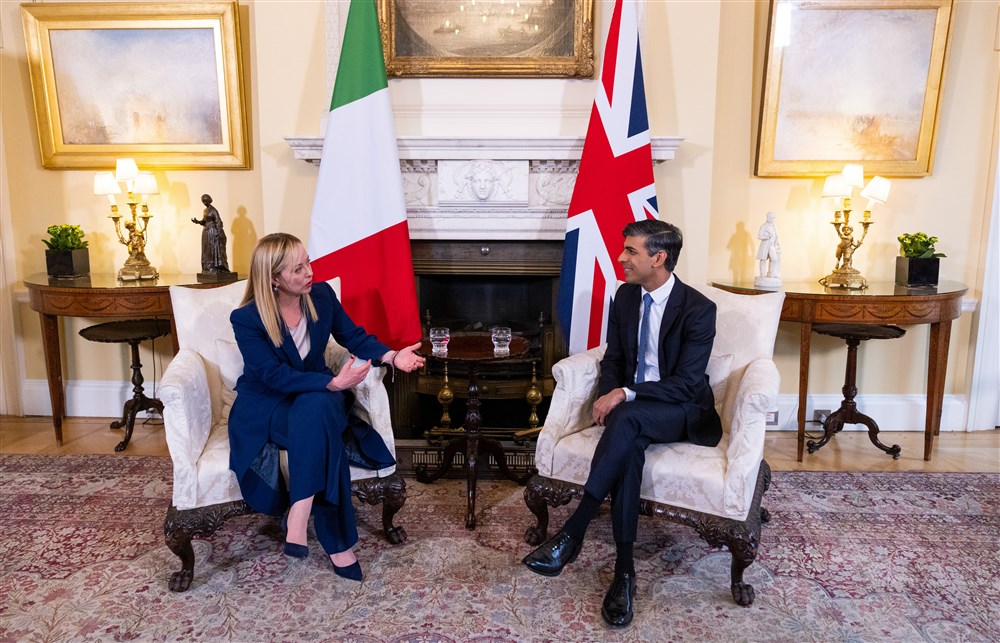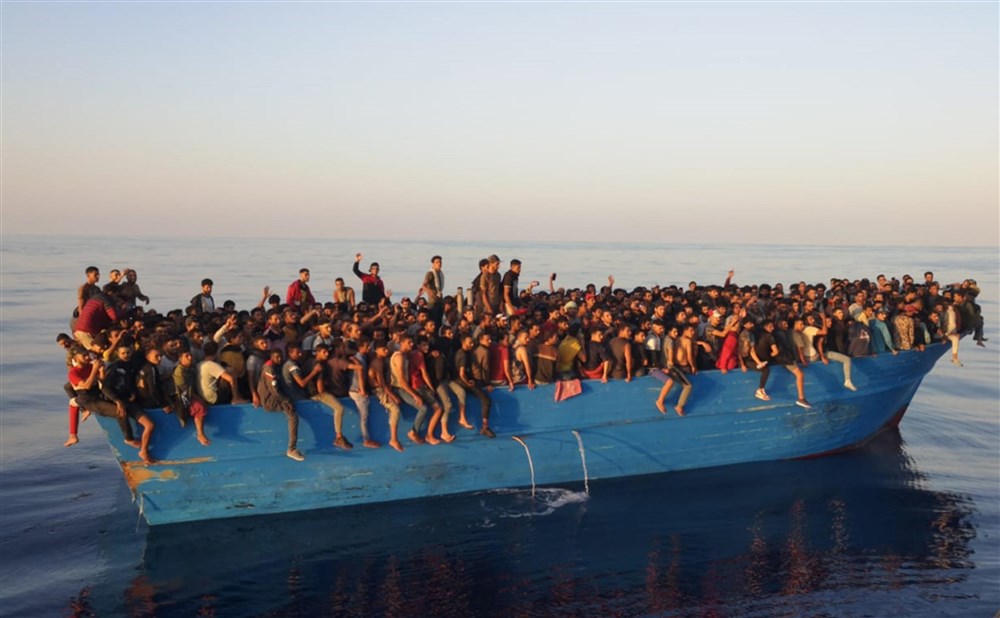From a European immigration perspective, the situation in the Maghreb countries of northern Africa looks grim.
Hundreds of thousands of migrants and asylum-seekers continue to cross the Mediterranean Sea, and the political situation to the sea’s south is worsening.
In Libya, a country struggling towards elections, there are concerns that a democratic failure could trigger civil war. People-traffickers and arms smugglers are doing brisk trade along the coast, and the patrol boats donated by the EU to help prevent migrants from fleeing to Europe have not been enough to prevent repeated shipwrecks and drownings. Fuel could be added to the flames: European nations (such as France and Italy) have long coveted Libya’s natural resources, meaning any internal conflict has the potential to become an international affair.
As far as Tunisia is concerned, there are now serious concerns in Brussels of an “economic and social collapse“. EU foreign ministers discussed Tunisia on Monday amid reports of a police crackdown on opposition and concerns the government could soon run out of cash, which would probably unleash a new migration wave – a worrying eventuality for Italy in particular.
“Italy has taken in 20,046 boat migrants so far in 2023, a record number, putting the country on course to beat the all-time high for arrivals set in 2016, when 181,436 people reached land in a flotilla of flimsy boats”, Euractiv reported on March 21. “According to unofficial United Nations data, 12,000 of those who have reached Italy this year set sail from Tunisia, against 1,300 in the same period of 2022”.
Migrant flows from Morocco, a longstanding headache for Spain, are now a concern for countries as far away as Austria.
Legal migration aside, the unofficial Brussels policy for handling “irregulars” is now clear: externalise the problem and push them back where possible. Pushbacks – which are illegal – are even reportedly taking place between EU countries. NGOs such as Statewatch claim authorities deliberately try to hide the reality: the EU is already in a desperate flight against a large migration wave and is using all means, both legal and illegal, to stop them coming.
The official figures show that around 330,000 “irregular border crossings” took place last year — a rise of 64 per cent on 2021 and the highest number since 2016. Around 2,500 people are believed to have died trying to reach the EU.
The EU has for years struggled to agree on how to react. Attempts at migration-sharing arrangements have not worked out or have only been partially implemented, and continued flows can spark rows between European neighbours (such as France-Italy, or France-UK). EU states are struggling to agree on where asylum-seekers should apply, and one of the only points where they have come to some kind of agreement is a recognition that non-EU governments have to be strong-armed into taking them back.





